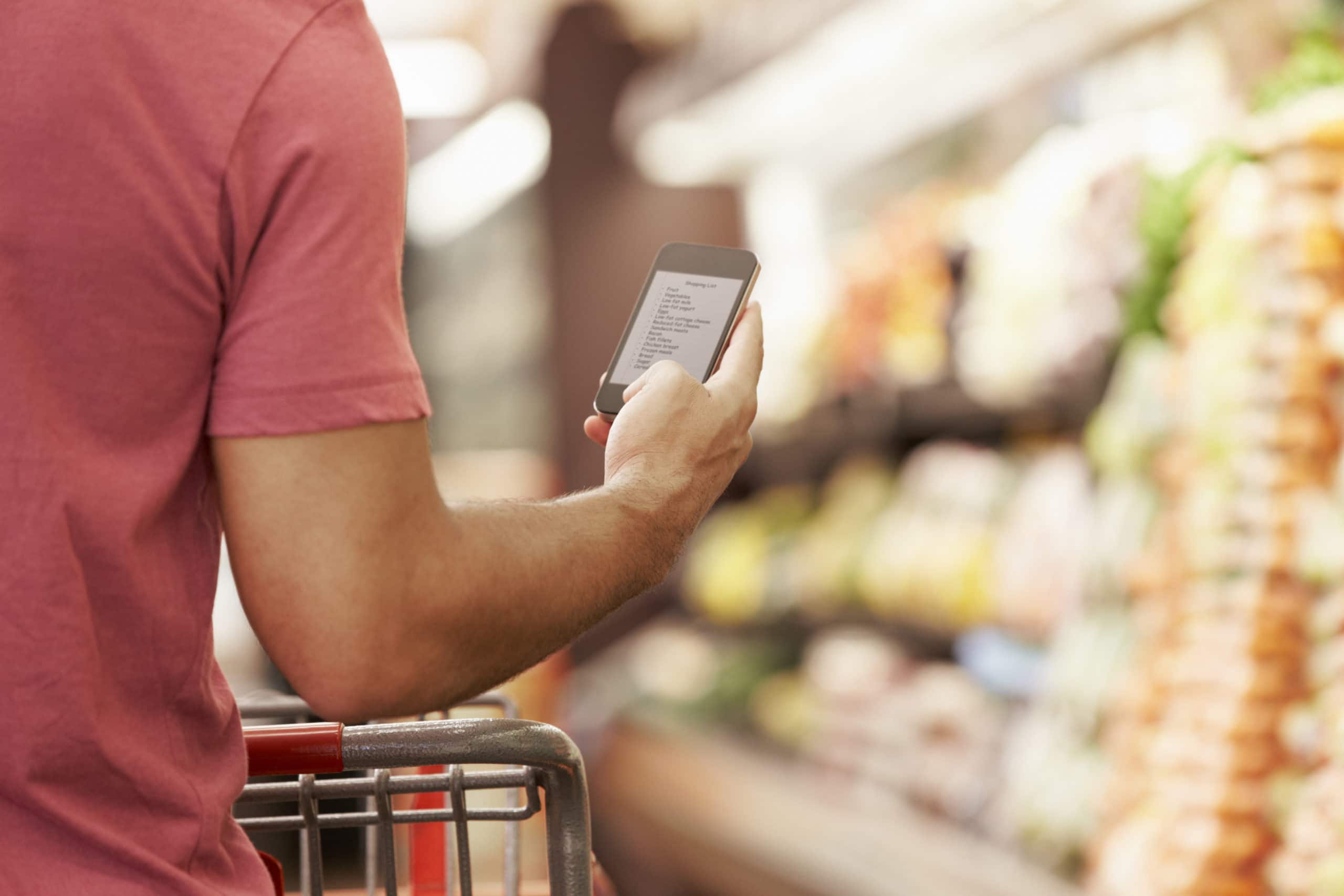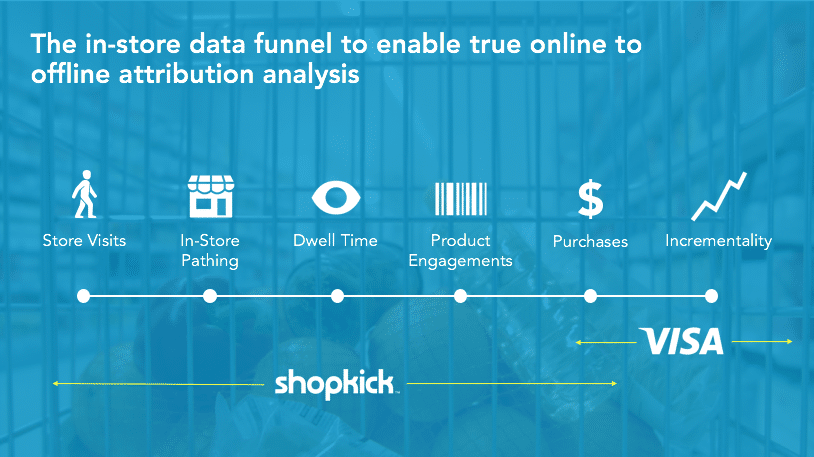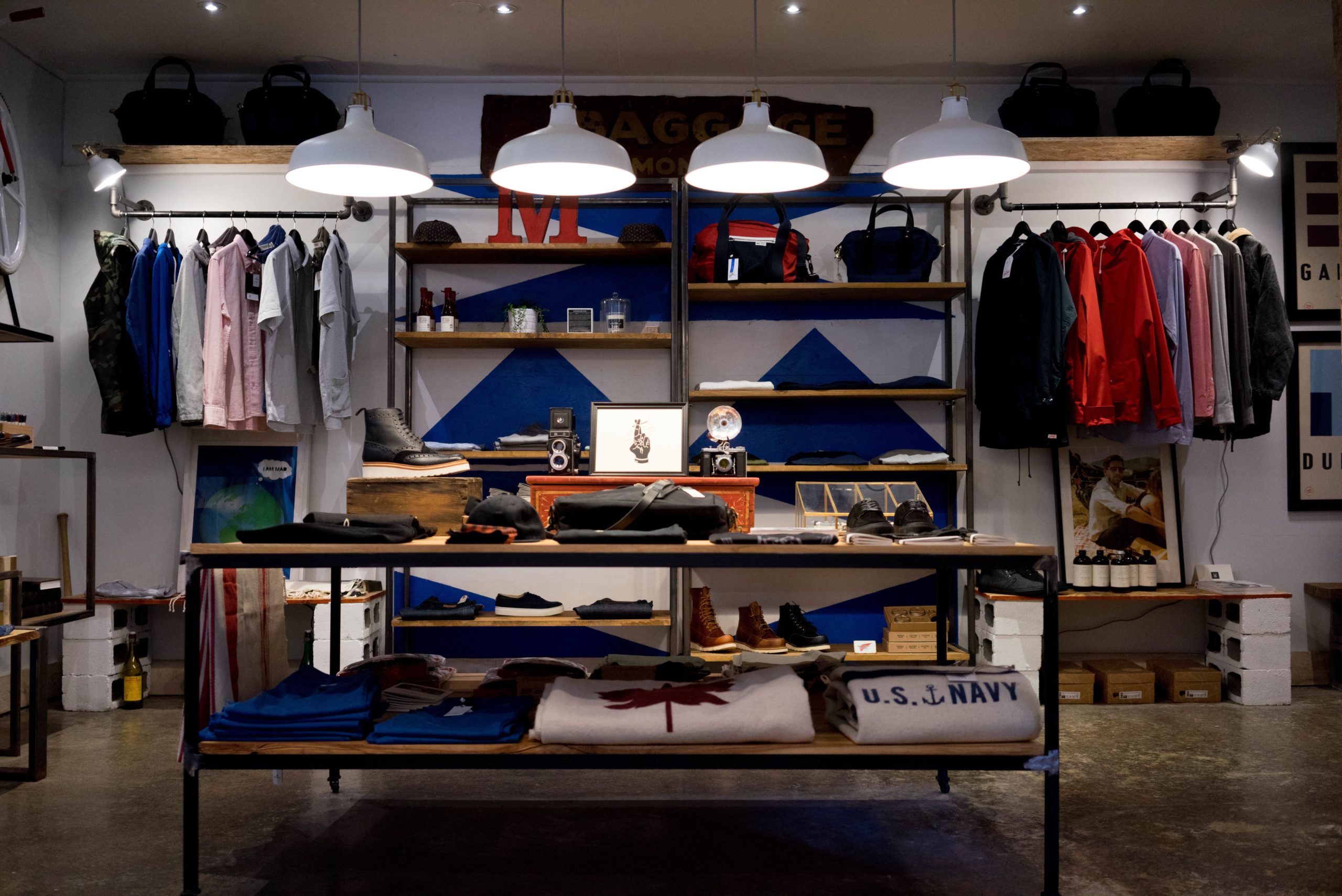Lars Djuvik, Associate VP Retail
The use of location based technology (presence technology, proximity technology) can be an incredibly powerful toolset for connecting brands and retailers with shoppers when it’s done right.
Whether it’s creating a virtual geographic boundary around a store to remind a shopper when they are getting near a retailer that they might want to visit, or leveraging more advanced technology like beacons to remind a shopper to take an action once they are already inside the store, there is no shortage of location based marketing tools to truly serve the right message to the right person at the right time – and at the very right place.
The power of location-based technology
These tools can both verify and inform that the shopper has actually crossed “the lease line” to their store, or visited the dressing room. They can even help the brand avoid costly endcap placements by guiding a shopper to their product regardless of placement inside the store. The right balance of where, and more importantly how frequently, a shopper should receive these notifications is the real magic for marketers when they get it right. It can be downright annoying when it’s done wrong and the ‘magic’ wears off because of incorrect location or too high a frequency of messages.
In (almost) all scenarios, location based marketing notifications triggers the shopper to open the application… which is the whole point of leveraging a mobile device in-store… enabling a dialog between that shopper and the retailer. Both sides are winning: the shopper is getting very specific information such as offers or other calls to action, and the retailer/brand is able to communicate with the shopper in a real-time/real-place. Now that the shopper is engaged in the experience and conversation with the retailer – via the mobile app – the retailer or brand earns the opportunity to show them the next proximity based offer when it’s done right. When it’s done wrong – most notably too many messages & the wrong call to action that the shopper isn’t interested in – that conversation can and will end.
At Shopkick, we leverage geofencing/GPS, beacon/BLE and other forms of location based marketing as a means to an end. We always serve the mutually beneficial goal for shopper and retailer to keep that conversation alive by being valuable to both sides and not just serving these notifications because you can. More important than knowing when to send a shopper a notification is knowing when NOT to show them another notification.
Our specific magic ingredient in the conversation is our location and action-taken based reward currency called “kicks” where there is always something “more” in it for the shopper than just great information. The more they engage with the app at the right time/right place (leveraging location based technology plus great content, great brands, great retailers) they earn kicks and are incentivized to stay in the conversation. In turn, the retailer or brand has the ability to have a dialog with the shopper throughout the awareness, consideration and action stages of a purchase.
How American Eagle rewarded in-store behavior
American Eagle discovered that once their Shopkick-driven shoppers were in-store, they could layer-on a secondary offer: giving the shopper kicks for visiting the dressing room. The shoppers would already have the app open to earn beacon-activated Shopkick currency “kicks” for walking in, initiating contextually relevant messaging.
A second in-store shopBeacon was therefore placed in the American Eagle dressing rooms. The shopper would try-on the items and receive their “fitting room kicks” by coming in proximity of the shopBeacon.
In this example, GPS geofencing was used to inform shoppers that they were near an American Eagle store. Once they crossed the lease-line and were inside the store – where GPS is no longer accurate – we used the first (entrance-installed) shopBeacon to verify that they were indeed inside the store – and not just “near” the store. By verifying they were in-store they de facto had to have opened the Shopkick app which is when we gave them the next offer to visit the dressing rooms.
The key is to then incentivize the shopper to take further actions that they choose with good content, such as information or products truly customized to her or him. In this case, the mobile app (in-store) becomes their own personalized store while they are inside the store. A real digital overlay on the physical shopping world where they can scan product barcodes, visit a specific section of the store, and ultimately – convert – without over-messaging the shopper throughout the process.
In the end, a smart use of location based marketing made for magical moments for American Eagle shoppers, and in turn both the shopper and the retailer ‘won’ because of the location based dialog pre-shopping, near the store and in-store.




